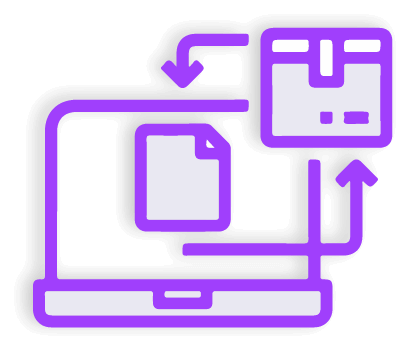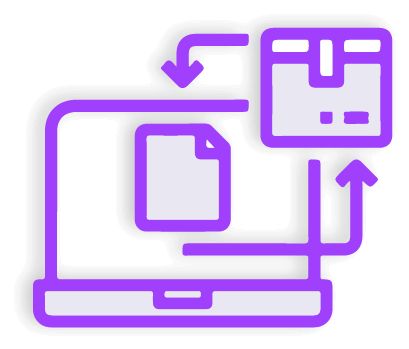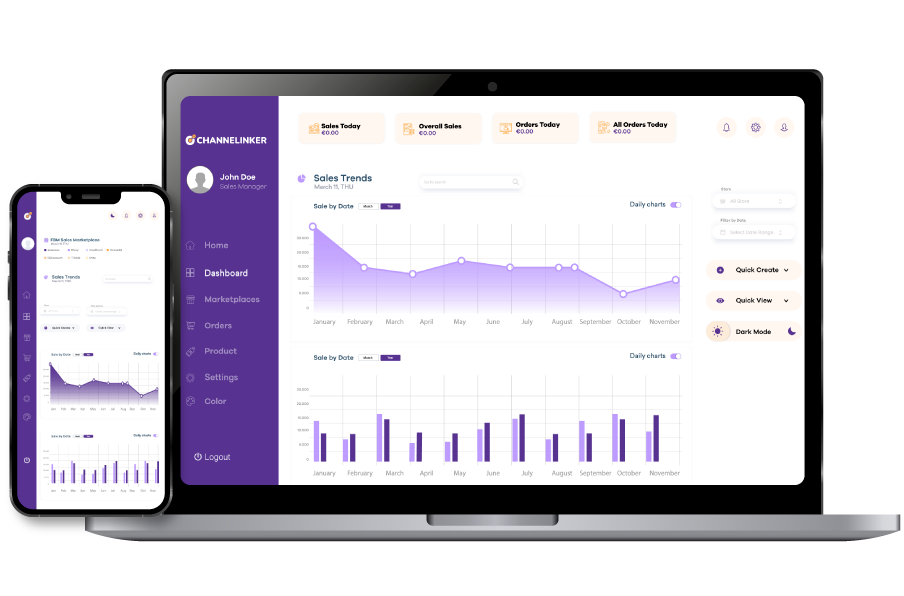Cost Efficiency: A Business Guide

Cost Efficiency and cost-effectiveness are two crucial factors that businesses must consider to remain competitive and successful in the market. Explore this article to understand cost efficiency better and learn how it differs from cost-effectiveness, why it matters in business operations, how to improve it with specific approaches, and the answers to some frequently asked questions. So, what do these concepts mean in detail?
What Is Cost Efficiency?
Cost efficiency refers to a business approach that strives to accomplish its goals while minimizing the associated costs — typically without having an impact on the quality or effectiveness of the desired outcome. In such steep competition, organizations that streamline operations not only slash costs but also set up long-term success and improve their bottom line.
To save on costs, a company needs to find opportunities where it can streamline services while still satisfying customer expectations and preserving the quality of its product or service offerings. For example, a company that employs cutting-edge technology to optimize its production processes while minimizing waste is a model of cost efficiency. This optimization often requires examining resource consumption, analyzing operating methods, and eliminating waste.
Sustainably building up cost efficiency is not just a one-off action but involves continuously adapting to market demands, technological advancements, and changing customer needs. Companies that consistently convert cost ratios into cost efficiency typically emerge stronger, better equipped to fend off challenges such as economic recessions or supply chain disruptions.
Cost Efficiency vs. Cost-Effectiveness
Cost efficiency and cost-effectiveness are closely linked but look at different aspects of financial and operational performance. Understanding their nuances helps businesses decide where to focus their efforts.
Cost Efficiency Explained in Detail
As mentioned earlier, cost efficiency focuses on lowering costs while maintaining output quality. It’s about finding ways to deliver the same output — a product, service, or process — using fewer resources. For example, using chatbots to handle customer support saves money on labor costs while ensuring customer issues are resolved efficiently.
Cost-Effectiveness Explained in Detail
Cost-effectiveness, by comparison, is concerned with obtaining the most effective result for the costs incurred. It assesses the return on investment (ROI) and ensures that benefits outweigh costs. For instance, investing in high-quality materials may increase production costs, but it can result in better products, ensuring customer satisfaction and loyalty, ultimately justifying the investment.
Key Differences
• Cost efficiency focuses on minimizing expense without lowering standards.
• Cost-effectiveness relates more to ensuring value or benefits relative to costs.
Using these methods together allows businesses to achieve sustainable growth. Cost efficiency ensures lean operations with minimal spending, while cost-effectiveness delivers quality and value to customers.
Importance of Cost Efficiency
Cost efficiency is the bedrock of successful enterprises. Without this discipline, companies risk overspending and losing profitability. Here’s why cost efficiency is vital:
Enhanced Profit Margins
Reducing unnecessary spending allows companies to retain more revenue, directly improving profit margins. For example, reducing energy use in production plants lowers operating costs, which translates to greater net income.
Competitive Advantage
Cost efficiency can provide a competitive edge, particularly in price-sensitive industries. Businesses that operate efficiently can offer lower prices while maintaining profitability, attracting more customers and gaining market share.
Sustainability
In many cases, cost efficiency aligns with environmental sustainability. Reducing waste, conserving energy, and adopting eco-friendly practices not only lower costs but also support a company’s green initiatives. For example, using renewable energy sources or recyclable materials can decrease costs and carbon footprints.
Scalability
Cost-efficient businesses are better positioned for growth. By keeping unit costs low, they can scale their operations to meet increasing demand while maintaining profitability. This is especially important for startups and small enterprises aiming to expand.
Economic Resilience
Cost-efficient companies are more likely to withstand economic downturns. Keeping operating costs low provides a safety net against declining revenues, ensuring financial stability.
Ways to Improve Cost Efficiency
Improving cost efficiency requires a strategic and proactive approach. Businesses must analyze current processes, identify inefficiencies, and implement cost-saving solutions without sacrificing quality or performance.
Leverage Technology
Technology is a powerful enabler of cost efficiency. Automation tools can handle repetitive tasks like data entry or customer communication, freeing up human resources for more valuable work. Advanced analytics platforms provide insights into spending patterns, helping businesses identify areas for cost reductions.
Optimize Supply Chain
An optimized supply chain minimizes costs and ensures reliability. Establish relationships with reputable suppliers to negotiate better prices and secure materials when needed. Shipment consolidation and data-driven inventory management systems can also reduce transportation and storage costs.
Enhance Workforce Productivity
Investing in employee training and development enhances skills and efficiency, enabling workers to identify cost-saving opportunities. A performance-driven culture, with clear KPIs, keeps teams focused on efficiency goals.
Outsource Non-Core Activities
Outsourcing allows businesses to focus on their strengths while delegating non-core functions to specialized providers. For instance, outsourcing IT support or payroll management can reduce overhead costs and improve service quality.
Adopt Lean Principles
Lean methodologies eliminate waste across time, materials, and effort. Businesses adopting lean principles analyze their processes to identify inefficiencies and continuously implement improvements.
Adopt Energy-Efficient Practices
Energy costs can be a significant portion of operational expenses. Businesses can lower these costs by investing in energy-efficient equipment, optimizing heating and cooling systems, and adopting renewable energy sources.
Negotiate Better Contracts
Regularly reviewing and renegotiating contracts with vendors and service providers ensures businesses get the best value. Exploring alternative providers can highlight additional cost-saving opportunities.
Measure and Monitor Performance
Metrics like cost per unit or ROI help track efficiency and identify areas for improvement. Regular audits ensure that cost-efficiency initiatives remain effective and aligned with business goals.
Concentrate on High-Value Business Activities
Focusing on initiatives with high ROI ensures resources are allocated effectively. Businesses should regularly reassess projects to prioritize those that align with strategic objectives.
Promote Remote Work
Remote work reduces office and utility costs. By adopting flexible work arrangements, businesses can lower expenses while boosting employee satisfaction and productivity.
Cost-Efficient FAQ
What Is an Example of Cost Efficiency?
A logistics company using GPS technology to optimize delivery routes is an example of cost efficiency. By minimizing fuel consumption and travel time, the company reduces costs while maintaining timely deliveries.
What Makes Something Cost-Efficient?
Something is cost-efficient when it achieves the same goal at the lowest possible cost without sacrificing quality. For instance, business software that automates inventory management reduces errors and saves time, providing value that outweighs its cost.
What Is Cost-Benefit Analysis?
Cost-benefit analysis (CBA) is a decision-making tool that evaluates the costs and benefits of a project or investment. It helps determine whether the benefits justify the costs.
Steps in Conducting a CBA:
1. Identify and quantify all costs, including direct, indirect, and intangible.
2. Estimate the potential benefits, such as revenue increases or efficiency gains.
3. Subtract total costs from total benefits to determine the net benefit.
4. Use the results to assess project feasibility.
Conclusion
Cost efficiency is a key driver of business success. By understanding its principles, differentiating it from cost-effectiveness, and adopting proven strategies to enhance it, businesses can unlock their full potential. From leveraging technology to adopting lean principles, the journey toward cost efficiency is full of opportunities for growth, sustainability, and profitability.
Want to make your operations more cost-efficient? Contact Channelinker today and learn how our solutions can streamline your processes and improve your bottom line.


